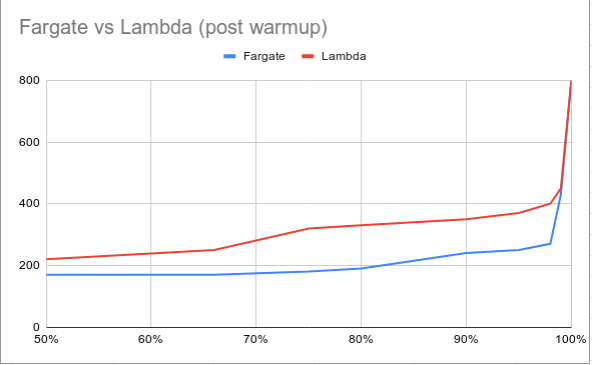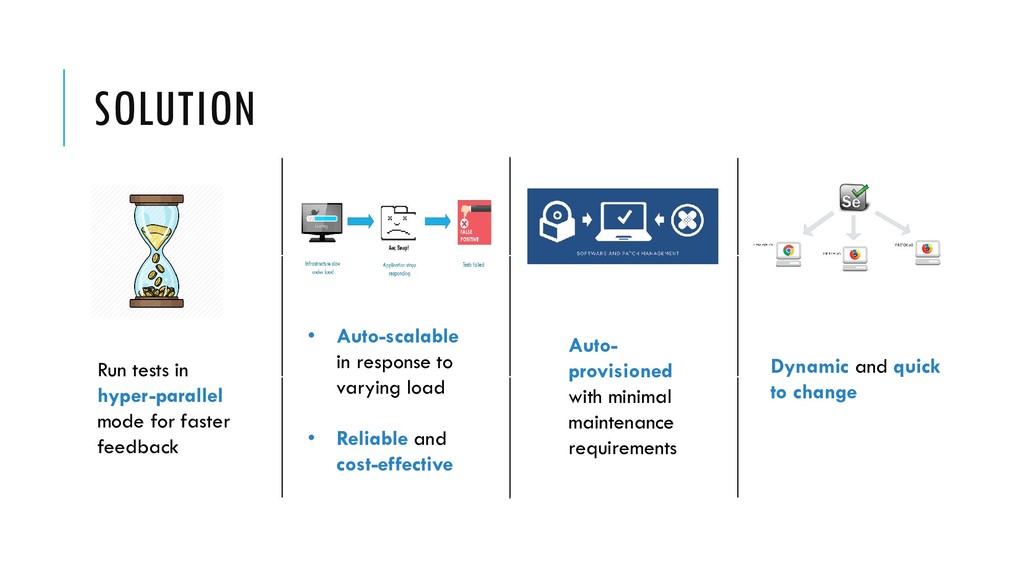


For example when the Spectre / Meltdown vulnerability was announced customers that were running on EC2 had to make sure they patched and upgraded, while customers running AWS Fargate were protected automatically behind the scenes by AWS engineers who patched the underlying infrastructure. If you don’t want to deal with any of this overhead AWS Fargate can be a great choice. You need to make sure they are all patched, secure, and updated to the latest version of Docker and the ECS agent. Managing a large cluster of EC2 instances can be somewhat hard. Large workload, optimized for low overhead You will be responsible for maintaining this cluster and optimizing it, but you will be able to take advantage of EC2 instance saving strategies such as spot instances or reserved instances. If your workload has a consistent demand for many CPU cores and many gigabytes of memory, and you want to optimize for price you should consider running a cluster of reserved EC2 instances, or spot instances. Use Cases Large workload, optimized for price You only ever pay for what your task uses, no more paying for EC2 capacity that goes unused. With the AWS Fargate launch type billing is based on how many CPU cores, and gigabytes of memory your task requires, per second. However, it is your responsibility to make sure that your containers are densely packed onto instances to get the best use out of them, otherwise you will be wasting money.

This allows you to optimize price by taking advantage of billing models such as spot instances (bid a low price for an instance), or reserved instances (get a flat discount for committing to an instance for a certain time period). With the EC2 launch type billing is based on the cost of the underlying EC2 instances. Which one you pick primarily depends on which factors you want to optimize for.
#Aws fargate startup time how to#
There are two major models for how to run your containers on AWS:


 0 kommentar(er)
0 kommentar(er)
